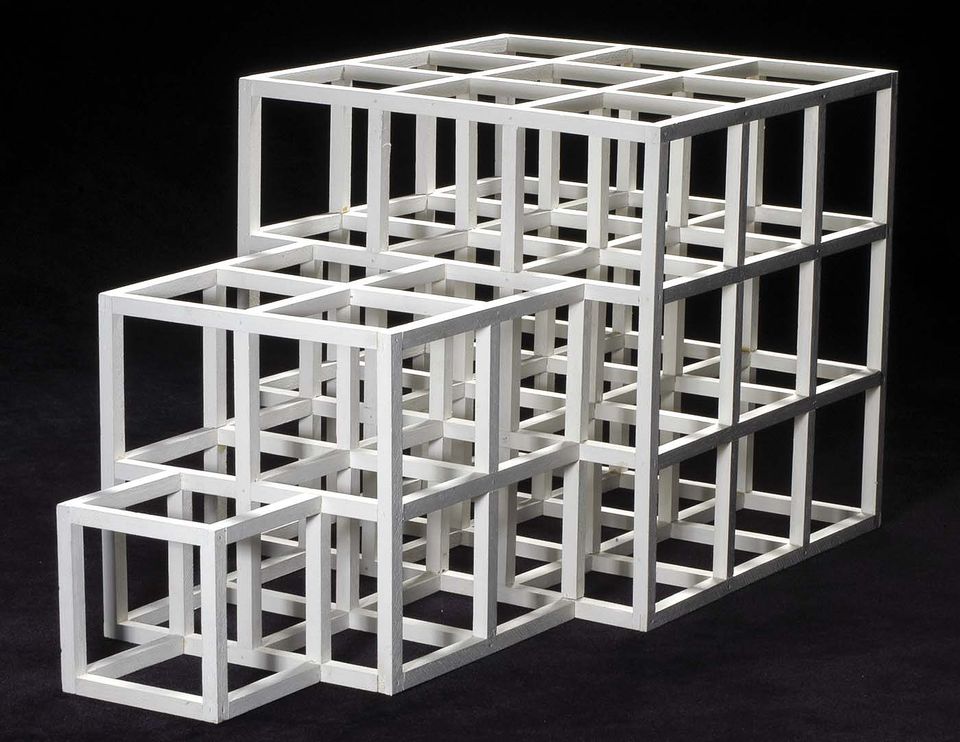Frank Stella
- Also known as
- Frank Philip Stella
- Born
- Malden, Massachusetts, United States
- Active in
- New York, New York, United States
- Biography
Frank Stella studied at Princeton University and moved to New York in 1958. In his first exhibition in the late fifties, he exhibited black paintings with bands of bare canvas that paralleled the picture edges. The deliberately artificial nature of his work, emphasizing the flatness of the picture plane, further emphasized by metallic or fluorescent paints, won considerable attention. By the mid-1960s Stella was in the forefront of the Post-Painterly Abstraction group of artists who were reacting to the dominance of Abstract Expressionism.
During the late sixties and seventies, his vocabulary of shapes broadened to include zigzags, stripes, and arcs, often executed in garish hues. But by this time Stella's idea of a painting's structure had become ever more complex, and he began to experiment with assemblages of dynamic forms that extended several feet into space from the picture s background support. The artist's ambitious vision embraced a variety of media, from honeycomb steel to luminous plastic, to achieve his goal of freeing painting from the wall. Through this ongoing process of formal and technical experimentation, Stella's influence on his peers and younger artists has been profound.
Stella has also been a prolific printmaker since his first efforts in graphic art in 1967. These works have been closely related to his paintings, but over the years have grown increasingly complex. Reflecting on the changes in his printmaking, Stella has stated: "At the time, I was into the business of painting with printmaking techniques … to use the printing ink as though it were a painting medium. … Now I'm using the process for something else. I try to make prints about printing."
National Museum of American Art (CD-ROM) (New York and Washington D.C.: MacMillan Digital in cooperation with the National Museum of American Art, 1996)














